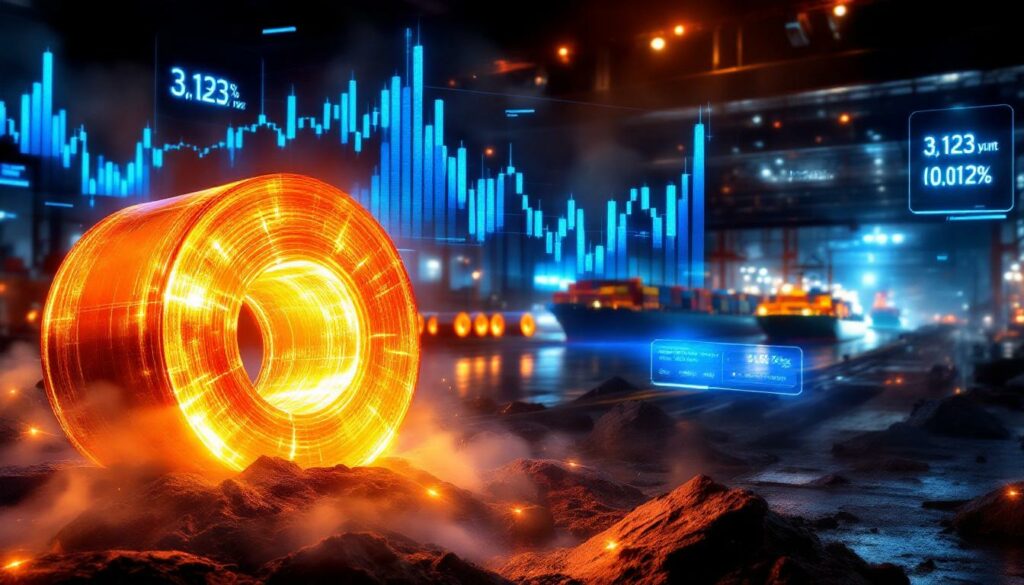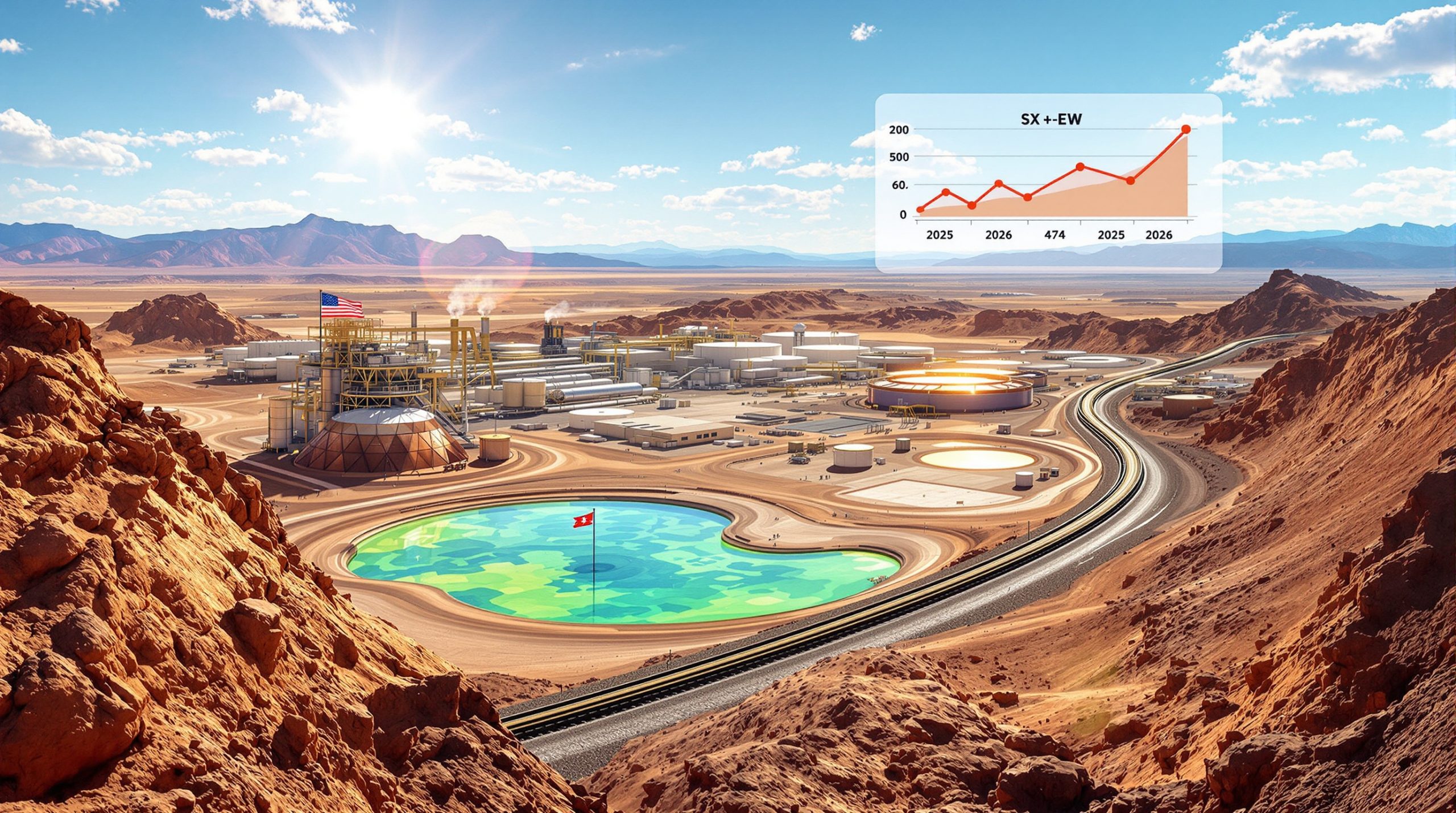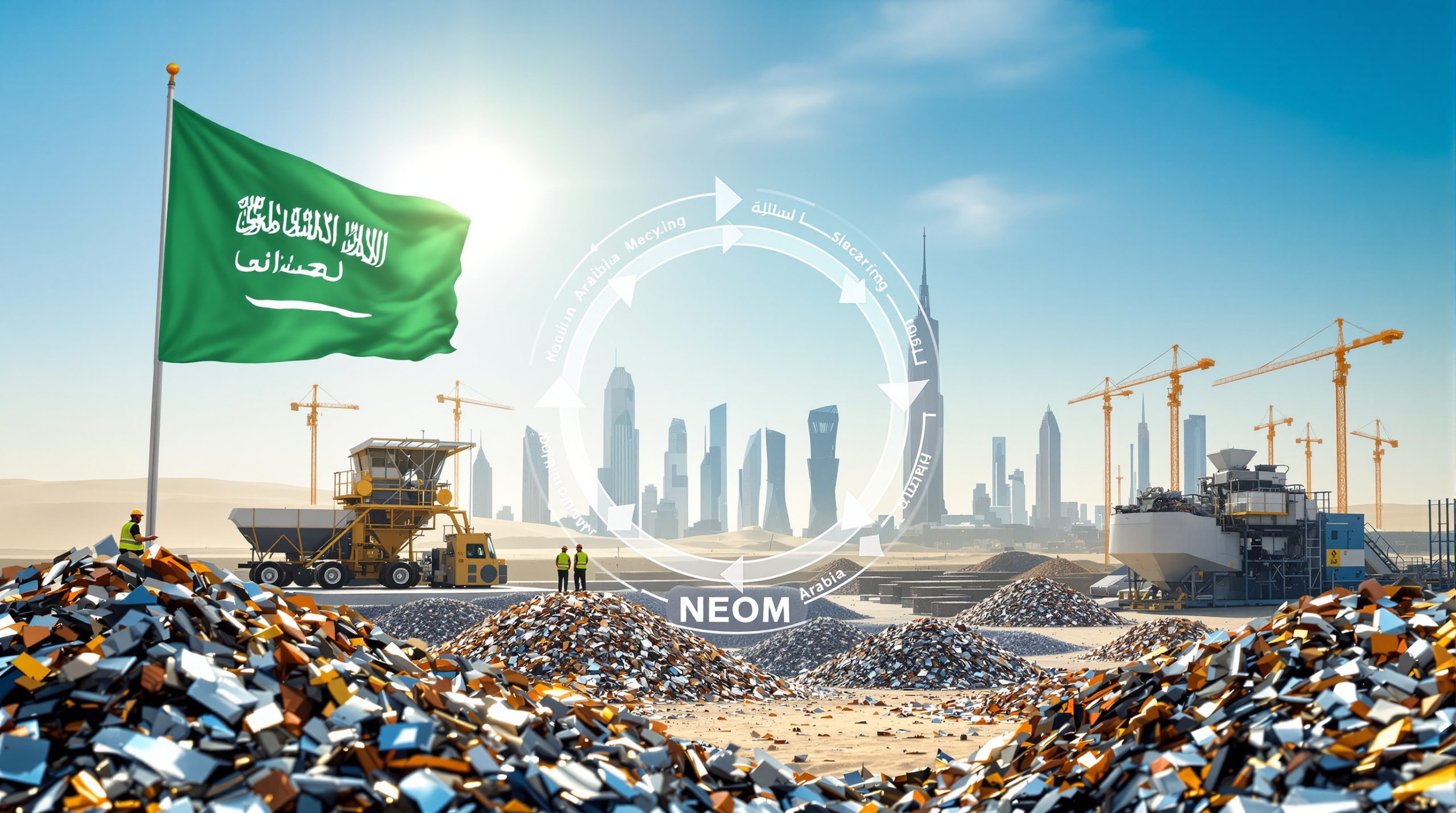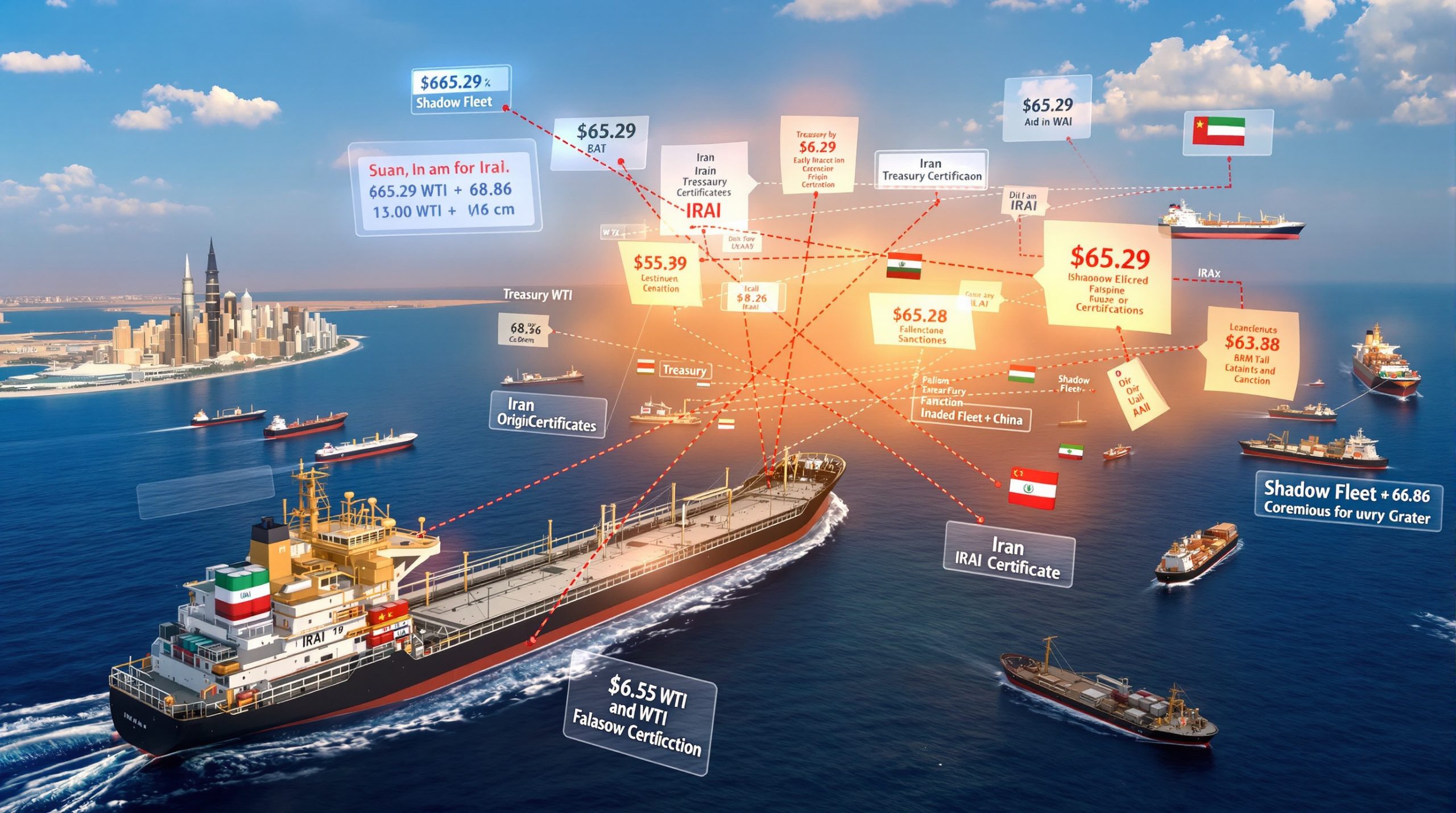What Are the Current Trends in HRC Futures Prices?
The hot-rolled coil (HRC) futures market is demonstrating remarkable resilience amid shifting market conditions. The most-traded contract recently closed at 3,123 yuan per metric ton, achieving a modest daily increase of 0.12%. This price stability comes despite evolving supply and demand dynamics, suggesting underlying strength in the market fundamentals.
Key Price Indicators and Market Performance
The current HRC futures market shows a pattern of controlled movement across several key indicators:
- Most-traded HRC futures contract holding at 3,123 yuan/mt (up 0.12%)
- Rebar futures showing similar stability at 2,997 yuan/mt (up 0.23%)
- Iron ore price trends showing I2509 contract trading at 715.5 yuan/mt (up 0.21%)
- Domestic PB fines in Shandong region ranging between 705-708 yuan/mt
- Tangshan region commanding a premium with PB fines at 720-725 yuan/mt
These minor positive movements across multiple related contracts indicate coordinated market strength rather than isolated price anomalies.
Technical Analysis of Recent Price Movements
Market analysts at SMM have identified an inverted "N"-shaped trend pattern in recent HRC futures trading. This technical formation typically suggests a period of market volatility where prices experience both upward and downward movements within a defined range. Despite these fluctuations, the market has maintained overall price stability.
"Fundamental contradictions are not yet acute in the HRC market, allowing prices to hold up well despite potential pressures," notes the latest SMM market analysis report.
The inverted "N" pattern creates important technical support and resistance levels around the 3,123 yuan/mt mark, providing traders with clear entry and exit points while preventing dramatic price swings in either direction.
How Are Supply Factors Affecting HRC Futures Prices?
Supply dynamics in the HRC market show increasing pressure that would typically drive prices downward. However, several counterbalancing factors have helped maintain price stability despite growing supply availability.
Production and Maintenance Schedules
A significant shift in production capabilities is occurring as planned maintenance activities conclude across the sector:
"The impact from maintenance on hot-rolled production further decreased this week, increasing HRC supply pressure in the market," reports SMM's latest supply analysis.
This reduction in maintenance-related disruptions has effectively increased production capacity and overall supply availability. Industry estimates suggest this could represent a 5-7% increase in weekly HRC output compared to previous maintenance-affected periods.
Raw Material Availability and Pricing
Iron Ore Supply Dynamics
The steel industry's primary raw material shows signs of increasing availability:
- Global iron ore shipments reached 37.07 million mt (up 2.36 million mt week-over-week)
- China's iron ore arrivals increased to 27.16 million mt (up 623,100 mt week-over-week)
- Domestic 64-grade alkaline iron ore concentrates remained stable at 777 yuan/mt
This 6.8% week-over-week surge in global iron ore shipments significantly increases raw material availability for steel producers, which typically would create downward price pressure. However, strong demand factors have counterbalanced this potential negative impact.
Coking Coal and Coke Market Conditions
The coking coal and coke markets show signs of stabilization after a period of commodity volatility hedging:
- Low-sulphur coking coal in both Linfen and Tangshan regions: 1,180 yuan/mt
- First-grade metallurgical coke (dry-quenched): 1,440 yuan/mt
- First-grade metallurgical coke (wet-quenched): 1,120 yuan/mt
SMM reports that accident-affected mines in Changzhi, Shanxi are expected to resume production soon, helping restore coking coal supply. This resumption comes as environmental protection-driven restrictions on coking coal production have begun to diminish, potentially weakening cost support for furnace charge in the short term.
What Demand Factors Are Supporting HRC Futures Prices?
Despite increasing supply pressure, demand for HRC products remains sufficiently robust to maintain price stability, with particularly strong performance in export markets.
Manufacturing Sector Resilience
Domestic manufacturing consumption continues to provide important support for HRC futures prices:
"End-use demand from the manufacturing sector remained relatively resilient, though signs of seasonal decline have also emerged," according to SMM's demand assessment.
This seasonal softening is typical for summer months when high temperatures in both northern and southern China affect working hours for outdoor construction and manufacturing activities. Despite this seasonal pattern, manufacturing demand has not declined enough to create significant downward price pressure.
Export Performance and Global Demand
Export markets have emerged as a crucial demand driver:
- Steel port departures reached 3.15 million mt (up 21% month-over-month)
- June steel port departures maintained consistently high levels throughout the month
This remarkable 21% month-over-month jump in export volume has absorbed approximately 15% of weekly HRC output, based on industry estimates. The strong export performance helps balance domestic production increases and supports overall price stability in the HRC futures market.
Global demand, particularly from Southeast Asian markets, continues to provide an important outlet for Chinese steel production, helping maintain equilibrium in the domestic supply-demand balance.
How Do Inventory Levels Impact Market Stability?
Inventory management plays a critical role in the current HRC price stability, with disciplined practices preventing excessive buildup that would otherwise exert downward pressure.
Current Inventory Situation
While the SMM report doesn't provide specific inventory figures, it clearly states:
"Inventory pressure remains at a low level compared to the same period in previous years."
This comparatively low inventory situation serves as a crucial buffer against increasing supply, preventing the market from experiencing oversupply conditions that would typically drive prices lower. The reduced inventory pressure indicates that production increases are being effectively absorbed by current demand channels.
Inventory Management Strategies
Steel mills and traders have maintained disciplined inventory management practices throughout recent market fluctuations. This strategic approach includes:
- Matching production more closely to actual orders rather than speculative production
- Controlled raw material purchasing to prevent excessive stockpiling
- Strategic export increases to balance domestic inventory levels
These coordinated inventory management strategies have significantly contributed to the overall stability of the HRC futures market by preventing the psychological pressure that high visible inventories can create on pricing.
What Cost Factors Are Influencing HRC Futures Prices?
Production costs provide a fundamental support level for HRC futures prices, establishing an effective floor below which prices rarely fall for extended periods.
Raw Material Cost Impacts
Several key cost components show signs of stabilization:
"The impact of environmental protection-driven production restrictions on coking coal has diminished, potentially weakening cost support for furnace charge," notes SMM's cost analysis.
However, the report also indicates that expectations of increased pig iron production from blast furnaces could help maintain cost support in the near term, preventing significant erosion of the price floor.
The stable pricing of key inputs—such as coking coal at 1,180 yuan/mt in both Linfen and Tangshan regions—helps maintain consistent production costs across the industry.
Production Cost Analysis
Mill profitability continues to support price stability:
"Most blast furnace steel mills continue to operate profitably, maintaining normal production levels," according to SMM analysis.
This ongoing profitability means that mills have limited incentive to cut prices aggressively to gain market share, as their current operations remain economically viable. The stable cost structure helps establish a reliable floor for HRC prices, preventing significant downward movements that might otherwise occur with increasing supply availability.
What Regional Price Variations Exist in the Steel Market?
Price differentials across regions highlight the localized nature of China's steel market, with transportation costs and regional policies creating noticeable variations.
Regional Price Differentials
Clear regional price differences exist for key raw materials:
- PB fines in Shandong: 705-708 yuan/mt
- PB fines in Tangshan: 720-725 yuan/mt (approximately 2% premium)
Tangshan's premium pricing reflects its status as a major steel production hub with higher concentration of demand. The price differential also incorporates transportation costs, regional environmental policies, and local supply-demand dynamics.
Regional Production Constraints
Policy-driven production constraints create additional regional variations:
"Production control policy in Shanxi was confirmed, with some steel mills expected to implement production cuts," reports SMM.
These Shanxi production restrictions represent a localized supply constraint that may impact regional pricing while having a more limited effect on the broader national market. Such regional disparities often create arbitrage opportunities for traders who can move products between higher and lower-priced regions.
How Do Environmental Policies Impact HRC Futures Prices?
Environmental regulations continue to shape the steel industry landscape, affecting both production capabilities and costs throughout the supply chain.
Current Environmental Restrictions
The influence of environmental policies shows signs of shifting:
"Environmental protection-driven production restrictions on coking coal have diminished," notes SMM.
This reduction in environmental constraints on coking coal production has eased some supply pressures in that segment of the supply chain. However, this is partially offset by the newly confirmed production control policies in Shanxi that will affect steel mills in that region.
The evolving nature of these environmental policies creates an ongoing backdrop of uncertainty that helps support price stability, as producers remain cautious about aggressive expansion plans that might later be constrained by new regulations.
Long-term Environmental Policy Impacts
While short-term environmental impacts may fluctuate, the long-term trajectory of China's environmental policies continues to provide structural support for HRC prices by:
- Constraining production capacity expansion
- Increasing compliance costs throughout the production chain
- Creating periodic supply disruptions during high-pollution periods
- Encouraging industry consolidation toward larger, more efficient producers
These ongoing policy pressures contribute significantly to the overall cost floor in the market and help prevent dramatic price declines even as supply increases in the short term.
What Are the Short-Term Forecasts for HRC Futures Prices?
Market analysis suggests continued stability for HRC futures in the near term, though fundamental contradictions continue to accumulate below the surface.
Key Forecast Indicators
The SMM report identifies several factors supporting near-term price stability:
"The fundamental contradictions in the HRC market are still in the accumulation phase," notes SMM, suggesting that current imbalances have not yet reached levels that would trigger significant price movements.
Supporting factors for price stability include:
- Historically low inventory pressure compared to previous years
- Steady improvement in cost support mechanisms
- Resilient manufacturing demand despite seasonal patterns
- Strong export performance absorbing excess production
These combined factors create a balanced market environment that can absorb current contradictions without dramatic price adjustments.
Price Outlook and Market Expectations
Based on current conditions, SMM expects:
"The most-traded HRC futures contract will continue to hold up well in the short term."
This stability projection reflects the market's current equilibrium between increasing supply pressure and sufficiently robust demand, particularly from export markets. While fundamental contradictions continue to accumulate, they have not yet reached the critical threshold that would trigger significant price movements in either direction.
Traders should monitor both inventory levels and export performance closely as the most sensitive indicators of potential future price movements in the HRC futures market.
FAQ: Hot-Rolled Coil Futures Market
What factors are currently supporting HRC futures prices?
Multiple factors are providing support for HRC futures prices despite increasing supply pressure. These include historically low inventory levels compared to previous years, relatively resilient manufacturing demand, exceptionally strong export performance (up 21% month-over-month), and stable production costs that establish an effective price floor. The combination of these factors has created a balanced market environment capable of absorbing increased production without significant price declines.
How are environmental regulations affecting the HRC market?
Environmental regulations impact the HRC market through multiple channels. While environmental protection-driven restrictions on coking coal production have recently diminished, new production control policies in Shanxi are expected to affect some steel mills in that region. These policies create both constraints and uncertainty that influence production decisions and costs. The long-term trajectory of China's environmental policies continues to provide structural support for HRC prices by limiting capacity expansion and increasing compliance costs.
What is the relationship between iron ore prices and HRC futures?
Iron ore forecast insights directly impact production costs for HRC, establishing a fundamental cost floor that influences futures pricing. Currently, iron ore futures (I2509 contract) are trading at 715.5 yuan/mt (up 0.21%), providing cost support for HRC production. However, increasing global iron ore shipments (up 2.36 million mt week-over-week to 37.07 million mt) suggest potential downward pressure on ore prices that could eventually influence HRC production costs and futures pricing if sustained.
How do seasonal factors affect HRC futures prices?
Seasonal factors impact HRC futures through cyclical changes in construction activity and manufacturing demand. Currently, high temperatures in both northern and southern China are affecting working hours for outdoor construction, contributing to a seasonal softening in demand. This typical summer pattern creates some downward pressure on prices, though it has been largely offset by strong export performance. Traders typically anticipate these seasonal patterns and factor them into price expectations, limiting their disruptive impact on the market.
Further Exploration
Readers interested in deeper analysis of steel market dynamics and HRC futures pricing can also explore SMM's specialized market reports focusing on:
- Regional production cost variations and their impact on mill profitability
- Export market analysis including destination country trends
- Raw material supply forecasts with detailed shipment data
- Inventory cycle patterns and their correlation with price movements
- Technical analysis of futures trading patterns and significant price levels
These resources provide valuable context for understanding both short-term price movements and longer-term mining industry trends and iron ore demand insights in the HRC futures market.
For real-time HRC futures quotes and trading data, visit CME Group's HRC Steel market or check MarketWatch's HRC futures page for the latest price movements.
Are You Monitoring Key Mining Opportunities?
Stay ahead of the market with Discovery Alert's proprietary Discovery IQ model, delivering instant notifications on significant ASX mineral discoveries across multiple commodities including iron ore. Understand why major mineral discoveries can lead to substantial returns by exploring Discovery Alert's dedicated discoveries page.




